Capillary Sequencer
American Applied Biosystems, known for its technological innovation, recently launched the new 3500 Series Genetic Analyzers, setting a completely new standard for capillary electrophoresis. It integrates a series of platform innovations designed for optical and thermal systems, opening up an innovative consumable system. The common superposition of these elements makes 3500 Series products the gene analyzers of the highest performance ever.
Report Abuse
Shipping Details
Based on 0 reviews
Be the first to review “Capillary Sequencer”
You must be logged in to post a review.
Vendor Information
- Store Name: ATLANTIC Scientific and Research Supply
- Vendor: ATLANTIC Scientific and Research Suply
- No ratings found yet!
-
Health & Medical
Transfection system
The Neon® Transfection System enables fast and efficient delivery of nucleic acids into all mammalian cell types, including primary, stem, and difficult-to-transfect cells. The flexible and open system allows the user to perform high-quality transfections using optimized or user-defined protocols in three simple steps with as few as 2 × 104 cells per reaction. A novel reaction chamber provides a dramatic increase in transfection efficiency and cell viability. The Neon® Transfection System is:
• Efficient—up to 90% in many cell types, including difficult-to-transfect cells, primary, and stem cells
• Flexible—easily transfect from 2 × 104 cells to 6 × 106 cells per reaction
• Simple—easy to use, with a single reagent kit for all cell types
• Versatile—open system allows electroporation parameters to be optimized freelySKU: n/a -
Health & Medical
Glass Made Water Distillation Unit or Distilled water Machine
Water Distillation Unit – LABOID – 400M models are designed for reliable continuous operation incorporating a host of features unmatched by comparable stills. It is easy to use, safe to operate, thoroughly reliable and above all Low Cost.
Features of this Plant
Abundant Output. The still provides, 4 Liter/hr of distilled water produced through a power input of 3KW by a chromium-plated heater housed in a horizontal Glass Boiler
The distilled output is cool ensured by a high-efficiency condenser. The temperature of distillate 25o C – 40o C tested for an ambient room temperature of 30o C.
All units carry Marking.SKU: n/a -
-
Health & Medical
IR spectrophotometer
A Spectrophotometer is an analytical instrument used to identify materials including organic polymers. Infrared spectrophotometers record the relative amount of energy as a function of the wavelength/frequency of the infrared radiation when it passes through a sample. Therefore, chemical structures of different samples will reflect differences in the IR absorption spectrum allowing for identification of a sample. Unlike a dispersive spectrometer, an FTIR spectrometer or FTIR spectrophotometer is used to simultaneously obtain spectral data of a sample. It does this by using an interferometer to collect the interferogram, also known as the raw data/signal format, which can then be translated into the infrared spectrum of the sample by means of a fourier transform algorithm. As a result there are many advantages including greater signal-to-noise ratio, high resolution, higher throughput, and a short wavelength limit. FTIR spectrometers can be used in a variety of industries including environmental, pharmaceutical, and petrochemical.
SKU: n/a -
Health & Medical
Flame Photometer
7- inch color touch- screen
Direct concentration display (Don’t cover FP-I640)
Automatic calculation of correlation coefficient (Don’t cover FP-I640)
Pre-selection of flame sizes
Flameout protection device
Measuring range changing
Concentration units selectable
Multilingual user interface
Air compressor provideSKU: n/a


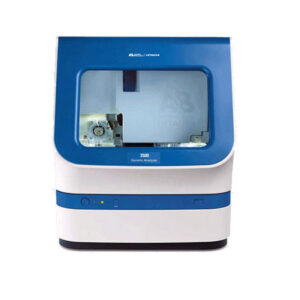
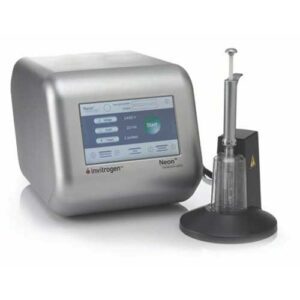
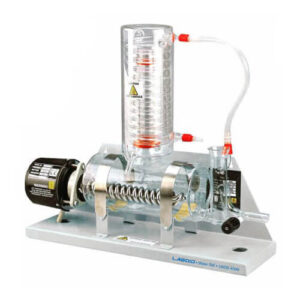

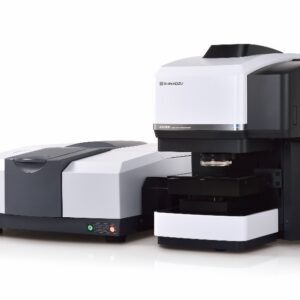
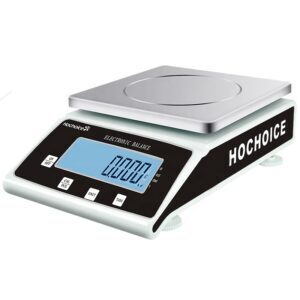
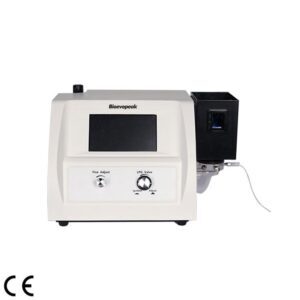
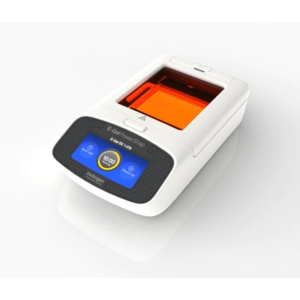
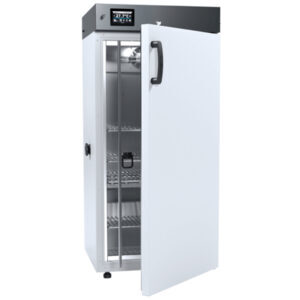
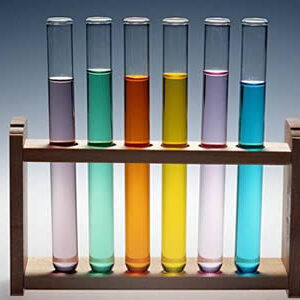
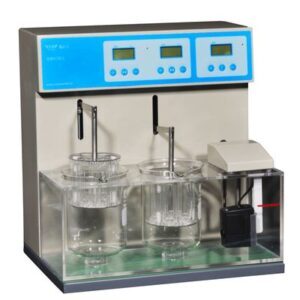
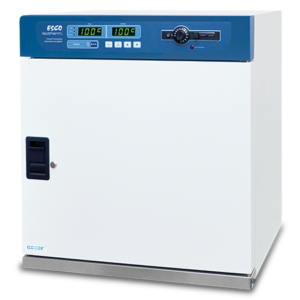
There are no reviews yet.